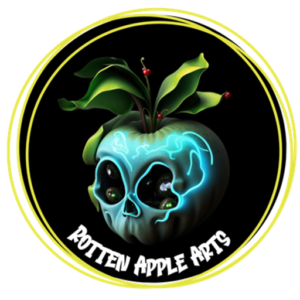Walk into any pop culture space, flick through streaming services, or even glance at modern fashion, and you’ll see it: the explosive, undeniable evolution of comic book art. Far more than just “kids’ stuff,” comic art is a dynamic, evolving medium that has shaped visual culture for decades. From the gritty streets of Gotham to galaxies far, far away, the panels of comic books hold a universe of artistic power. Here at Rotten Apple Arts, we’re obsessed with that energy, and we think you should be too.
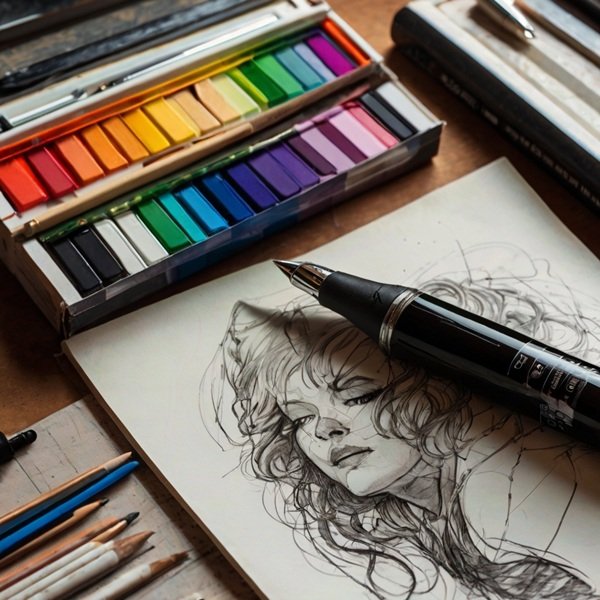
From Ancient Scrolls to Modern Panels: A History
Comic art wasn’t born in a day. While we often think of the capes and cowls of the 20th century, the concept of telling stories through sequential images is ancient. Think of Egyptian hieroglyphs, the detailed narrative on Trajan’s Column in Rome, or the famous Bayeux Tapestry depicting the Norman Conquest. Even earlier, incredible examples like the Japanese Chōjū-jinbutsu-giga (Scrolls of Frolicking Animals) from as far back as the 12th century used illustrated figures in sequence to tell humorous stories – precursors to modern manga!
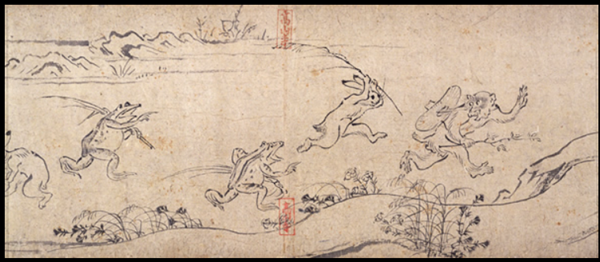
The direct lineage of the modern comic format, however, arguably took a giant leap in Europe. As early as 1827 – an incredible 198 years ago as of 2025! – the Swiss artist Rodolphe Töpffer created illustrated stories like The Adventures of Obadiah Oldbuck. Using sequential panels with text underneath, Töpffer’s work is widely considered a foundational step towards the comic books we know today.
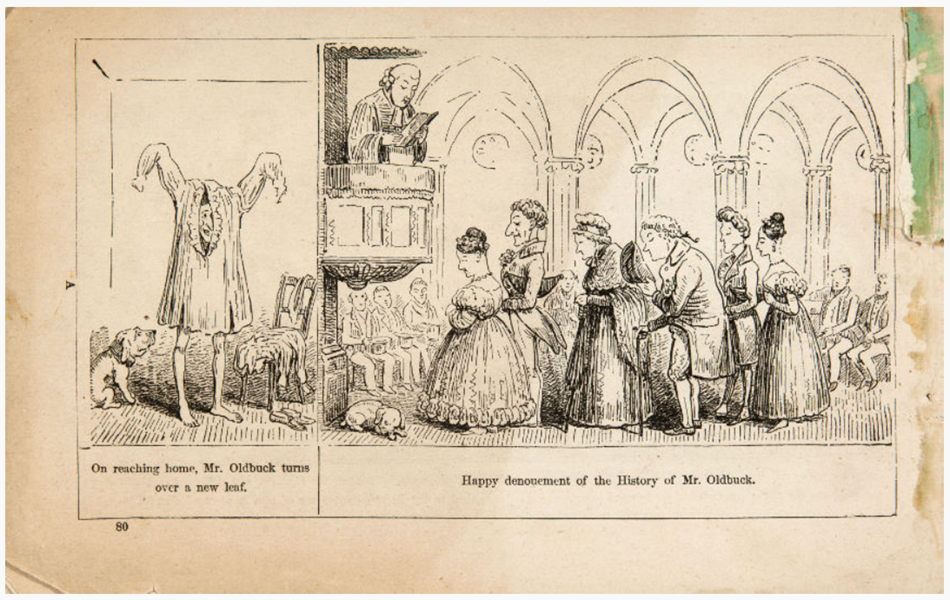
Fast forward to the late 19th and early 20th centuries, and we see the rise of newspaper comic strips like The Yellow Kid and Little Nemo in Slumberland. These “funnies” truly cemented comics in popular culture and paved the way for the dedicated comic book format. The evolution of comic book art didn’t stop there.
Things truly exploded in the late 1930s – the Golden Age. This era gave birth to the superhero genre with icons like Superman, Batman, and Captain America lighting up the pages. Artists like Jack Kirby defined the visual language with bold lines and dynamic action poses that practically leaped off the cheap newsprint, offering readers thrilling escapism and hope during the Great Depression and World War II.
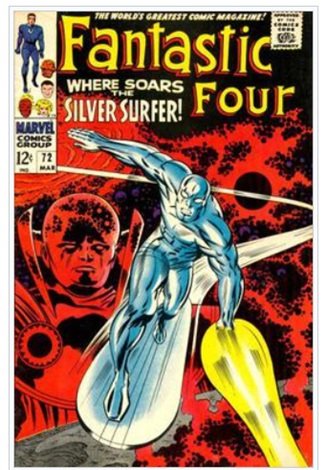
Then came the Silver Age (mid-1950s-early 1970s), bringing more complex characters (hello, Spider-Man and the X-Men!) and experimenting with panel layouts and intricate details, thanks to visionaries like Steve Ditko. The art became more sophisticated, reflecting the era’s technological optimism and bubbling social change.
The Bronze Age (early 1970s-mid-1980s) introduced a grittier realism. Artists like Neal Adams used shadows and detailed anatomy to explore mature themes and social issues, proving comics could be both entertaining and deeply relevant. Wolverine and the Punisher reflected this darker, more complex tone.
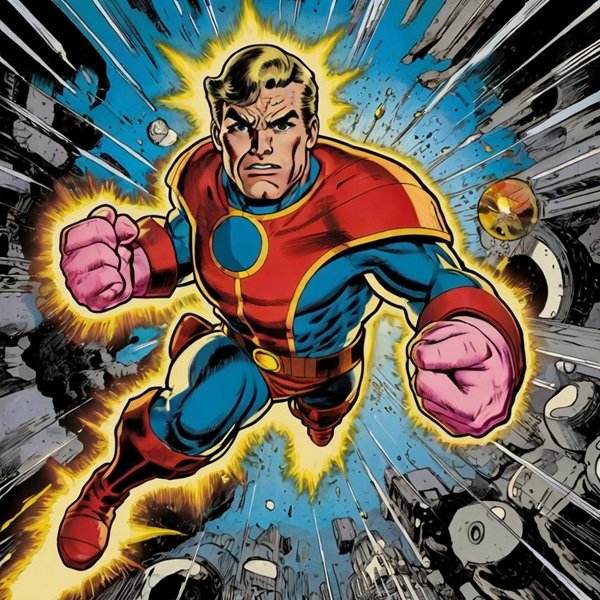
And that brings us to the Modern Age, an ongoing explosion of styles! From the stark, noir-inspired visuals of Frank Miller’s Sin City to the sleek, cinematic action of Jim Lee’s superheroes, and the rise of independent creators like Art Spiegelman (Maus) telling deeply personal and groundbreaking stories. Digital tools have further revolutionized the process, blending traditional techniques with limitless new possibilities, making it a truly global and diverse art form.
Why Does Comic Art Hit So Hard?
- Visual Storytelling: It’s a unique language. Panel layouts control pacing, character expressions convey deep emotion without words, and action lines create a sense of movement that’s pure adrenaline.
- Iconic Styles: Think “Kirby Krackle” depicting cosmic energy, the Ben-Day dots defining Pop Art riffs by artists like Roy Lichtenstein, or the distinct character designs that become instantly recognizable cultural symbols.
- Emotional Resonance: Whether it’s the aspirational heroism of Superman, the relatable struggles of Peter Parker, or the complex anti-heroes of modern comics, the art connects us to the characters on a visceral level.
- Cultural Mirror: Comics have always reflected the times, tackling everything from war propaganda to civil rights, identity politics, and beyond. The art evolves with society.
Rotten Apple Arts & The Comic Spirit
So, why are we talking about this? Because at Rotten Apple Arts, we feed off the raw energy and bold attitude of comic book art. We love the way it refuses to be boring, the way it blends striking visuals with compelling narratives. That spirit influences our designs – whether it’s the hard-hitting graphic tee, the statement wall art print, or the mug that gives you a jolt stronger than caffeine.
We believe art shouldn’t just hang quietly; it should grab you, tell a story, maybe even throw a punch (metaphorically speaking, of course!). The dynamism, the unique perspectives, the blend of grit and fantasy found in comics – that’s the kind of vibe we aim to capture in our print-on-demand collections. We celebrate art with an edge, designs with bite, inspired by mediums that break the mold.
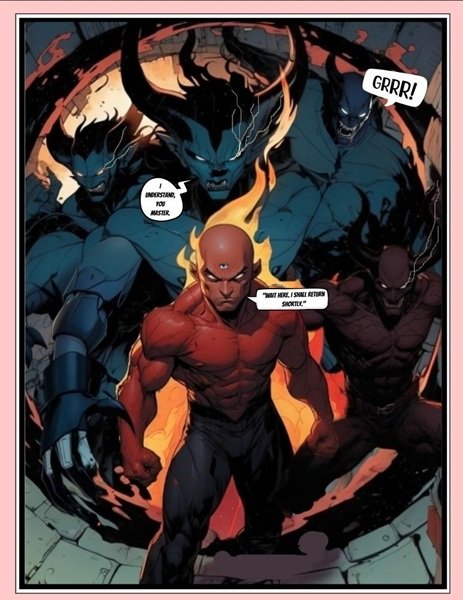
Beyond the Page
The evolution of comic book art has undeniably jumped panels, influencing blockbuster movies (MCU, anyone?), television, video games, and high fashion. It proved that popular art is powerful art. It’s a testament to the lasting impact of visual storytelling and the artists who dare to create worlds on paper.
What are your favorite comic art styles or iconic covers? Share them in the comments below! And while you’re feeling inspired, check out the Rotten Apple Arts collection – maybe you’ll find your next favorite piece of wearable or displayable art.
